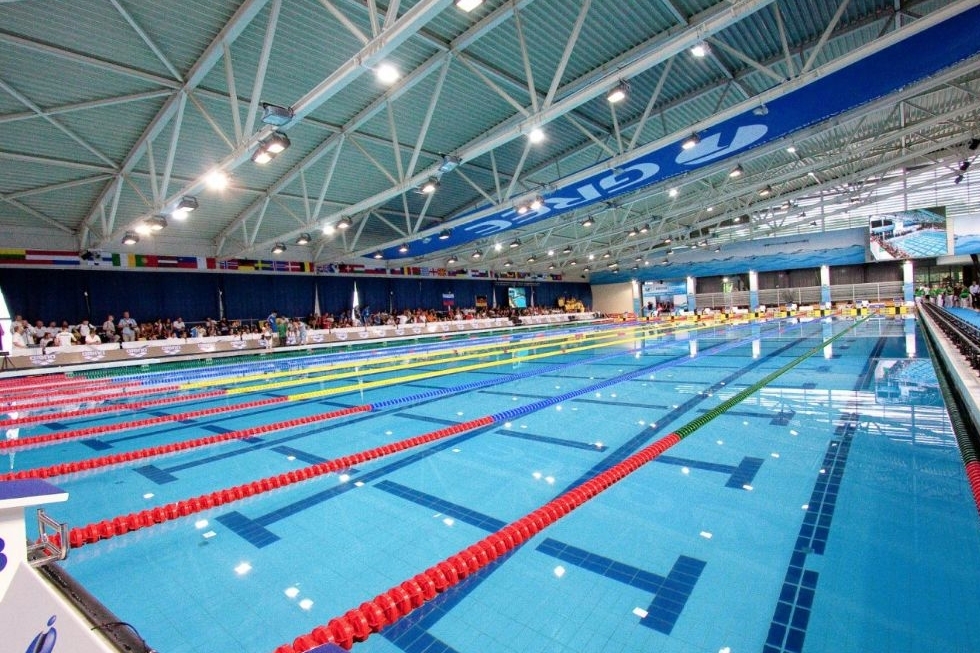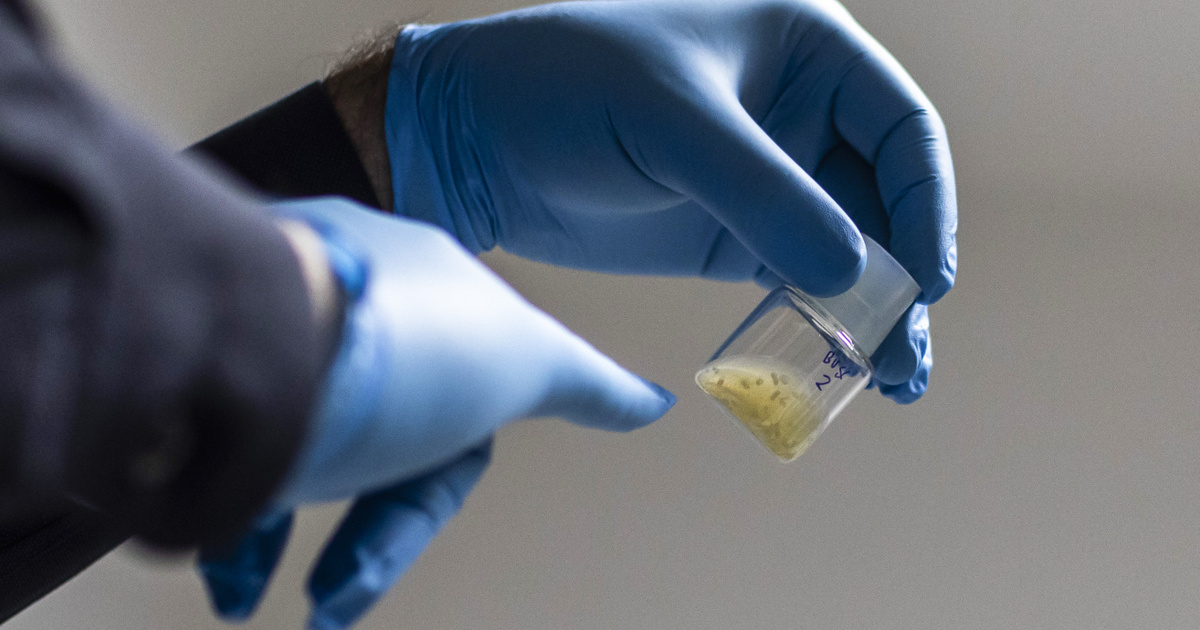An international team of researchers from the United Kingdom and the United States has created for the first time an organization similar to the human embryo, bypassing the traditional method of fertilization. The artificial embryo was not created from the meeting of an egg and sperm, but from a stem cell.
Dr. Magdalena Zernicka-Goetz, a professor at CalTech and the University of Cambridge, presented research based on stem cell reprogramming, at the International Stem Cell Society annual meeting in Boston. The study presenting the findings has been accepted for publication by a well-known scientific journal, but has yet to be published – the news was first reported by The Guardian.
The research raises ethical and legal questions, as scientific research into artificial embryos is currently unregulated in most countries. From this point of view, it is important that the development of a particular embryo coincide with the initial stage of human development, therefore
He has no heart or brain.
According to the ideas of experts, the fetus can help in researching the causes of miscarriage and the consequences of genetic disorders.
Unlike embryos from IVF, whose use is regulated by law, there are no rules for embryos created from stem cells. There is an urgent need to regulate the creation and use of human embryos created from stem cells
– emphasized James Briscoe, head of research at the Francis Crick Institute.
Embryos created from human stem cells contain three germ plates, during development, various tissues and organs located on the outside and inside of the body are created. Zernicka-Goetz noted that for the first time it was possible to create a model with three germ plates and resemble a normal human fetus in many ways, though not in every way. On the one hand, they are suitable to provide insight into the development of the first two weeks after fertilization, about which we know relatively little.
I would like to stress that these are not human fetuses. These are models of embryos, but they are exciting because they are very similar to human embryos, and they are very important in understanding why pregnancy is terminated, because most pregnancies end at this stage of development.
Zernica Goetz said.
Zernicka-Goetz had success reprogramming mouse cells in parallel with the research group at the Weizmann Institute in Israel, and these two teams have been competing to produce human models ever since.
One important difference between the stem cell models was revealed at the start of the research: the artificial embryos implanted in the wombs of mice did not develop into fetuses, nor did they become animals. Similar research with monkeys in China came to the same conclusion. For scientists, the question remains whether all this is just a technical hurdle and the artificial embryo can continue to develop, or whether there are underlying biological limitations in the background.












































